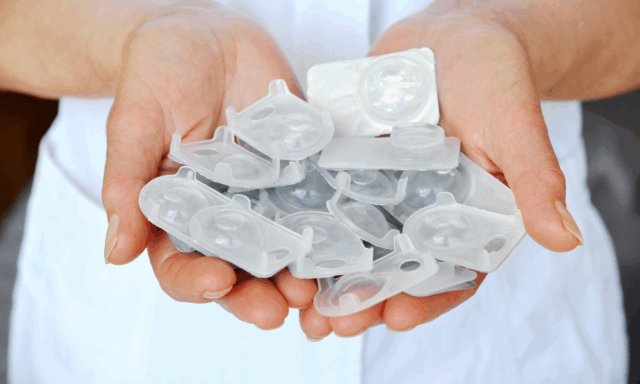
“Consumers are increasingly conscious about the amount of waste they generate, including the use of plastics associated with contact lenses, frames, and spectacle lenses. However, many don’t have complete information needed to make good choices.”
So says Dr. Lyndon Jones, director of the Centre for Ocular Research & Education. In efforts to address this issue, CORE has launched SustainableEyecare.com. The first-of-its-kind website is designed to educate eye care professionals (and patients) about the environmental impact of contact lenses and eyewear, as well as about practical solutions for recycling and responsible disposal.
The site includes:
- Easy-to-understand information about the environmental challenges linked to contact lens, frames, and spectacle lens disposal.
- Clear instructions for how to properly dispose of lenses to minimize environmental effects.
- A directory of known recycling programs around the world, as well as a listing of green initiatives from major eye care manufacturers and industry bodies.
- Customizable resources and downloadable infographics that eye care professionals can share on social media or use to educate patients.
- Tips on how to build sustainability into your clinical practice operations.
- A compendium of relevant peer-reviewed and professional publications.
I encourage you to visit the link and poke around; see what it offers on both the eye care practitioner and patient side.
“This Earth Day, we’re encouraging everyone in eye care to take another step toward protecting our planet. Society has benefited immeasurably from contact lenses and glasses, but that doesn’t mean we shouldn’t be mindful of their disposal. Whether you’re a patient wanting to reduce your plastic footprint or an eye care professional looking to implement greener practices, SustainableEyecare.com provides tools and knowledge to help make a difference,” noted Dr. Jones.
CORE plans to update the site with additional resources from across the eye care spectrum, and encourages organizations to submit their own initiatives for possible inclusion over the coming weeks and months.
A note on sustainability in eye care
Contact lenses are not the biggest environmental offender in the eye care industry, though they’re the most visible and frequently discussed example due to media attention and public interest.
An estimated 2.6 – 2.7 billion contact lenses are discarded annually in the U.S. alone. Many end up in landfills or waterways, especially when improperly flushed down the drain. The environmental concern here is largely tied to microplastic pollution and the fact that lenses are not biodegradable.
A broader and more substantial environmental footprint comes from the manufacturing, packaging, transportation, and disposal of eye care products overall, including frames, lenses, and clinical operations:
- Frame manufacturing (involving petroleum-based plastics, metals, dyes, and water use)
- Prescription lens production (involves coatings, polishing, waste runoff)
- Packaging materials (boxes, blister packs, inserts, shipping padding)
- Single-use items and disposables in clinical settings
- Energy consumption in optical labs and eye care clinics
Further recommended read: Optometric Waste Management Decisions Can Have an Environmental Impact
For the environmentally conscious OD, it would be good to take a look at these areas and at least assess where you’re at. From there, addressing sustainability head-on becomes something you can also use to attract patients and strengthen your reputation.




